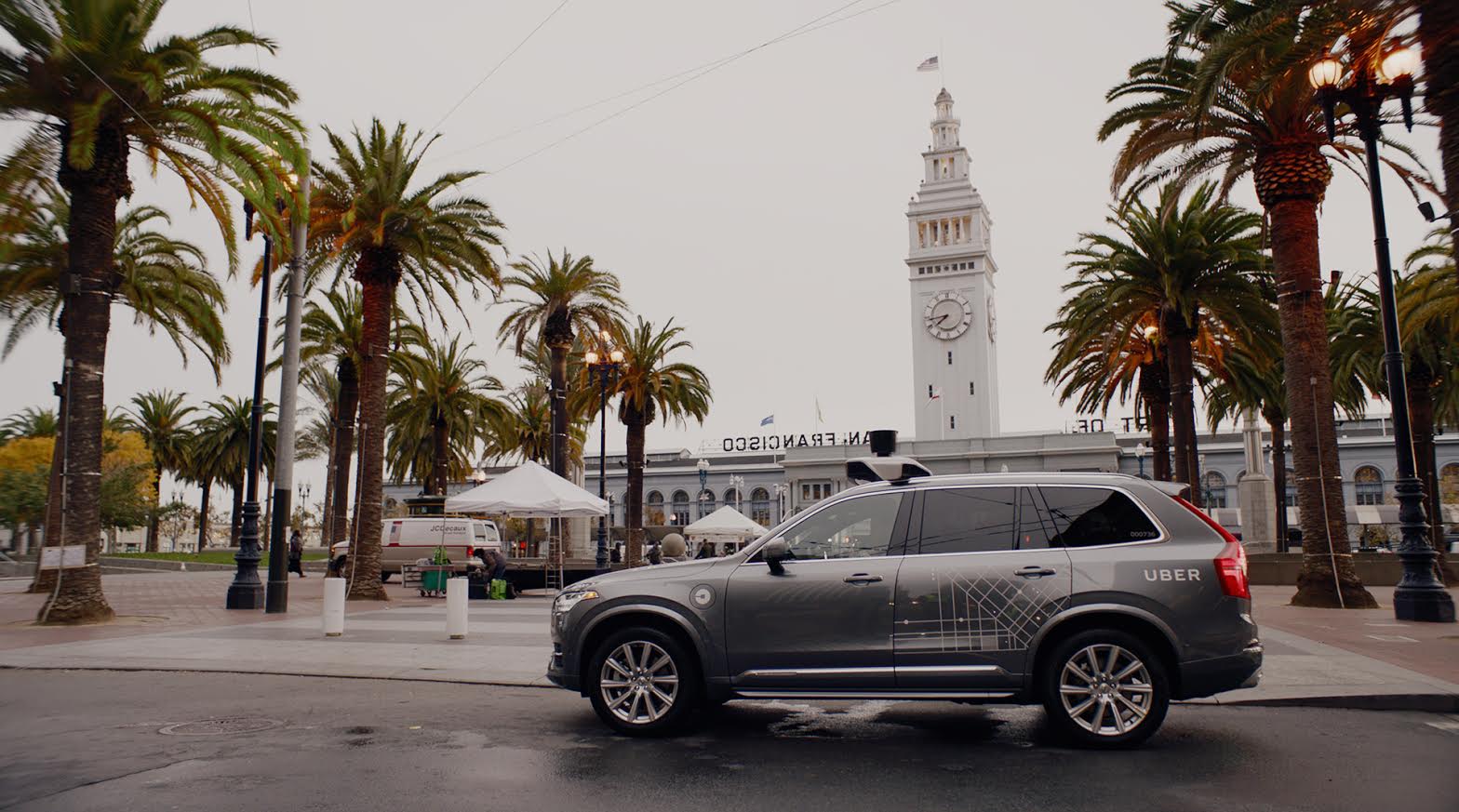 EMERGING TECH
EMERGING TECH
 EMERGING TECH
EMERGING TECH
 EMERGING TECH
EMERGING TECH
Despite all the experiments with autonomous vehicles, most experts think it will be quite a few years before they’re common on the street. Recently leaked documents on Uber Technologies Inc.’s tests of self-driving cars starkly reveal a big reason why.
The documents, obtained by Recode, state that while being tested in Pennsylvania, Arizona and California, Uber’s self-driving cars couldn’t go a mile without human intervention. The intervention occurred in order to prevent “accidental disengagements, end-of-route disengagements, and early takeovers.” At least once every 200 miles, a car was said to have been taken over by a human to avoid a “critical” circumstance — a person being hit or the car hitting something and causing over $5,000 worth of damage.
Uber’s autonomous cars may be doing more miles, but the upshot is that they haven’t progressed much in terms of dependability. According to the leaked documents, last week was only the second time Uber’s self-driving cars had driven more than 20,000 miles: Some 43 Ubers drove 20,354 miles.
Only a few months ago, Uber had half the number of autonomous vehicles, the report states, driving only around 5,000 miles a week. While fully autonomous Uber cars might be a ways off, Uber is certainly doubling its efforts as far as testing goes.
It’s yet another blow for a company that lately seems to face obstacles and enemies everywhere. The company is currently in a legal battle with Google Inc. over what the tech giant says is stolen technology relating to the sensors on self-driving vehicles. Meanwhile, the company’s ethics have been under scrutiny for some time — even on the safety front. Recently reports emerged that Uber’s engineers had an inside joke that there was a “safety third” policy at the company.
Evidently, the alleged stolen technology Google is upset about is not working very well, at least as implemented by Uber. As according to Uber’s self-driving metrics, the cars have not progressed at any level: interventions, critical interventions and “bad experiences,” which includes the car braking too hard or driving erratically.
For one week in February, the cars had to be taken over every 50 miles to prevent either hitting someone or something costly. But if Uber can extract a positive from the tests, the number of miles with a critical intervention then went from 50 to 100 to 150 to 200 over the next few weeks.
Support our mission to keep content open and free by engaging with theCUBE community. Join theCUBE’s Alumni Trust Network, where technology leaders connect, share intelligence and create opportunities.
Founded by tech visionaries John Furrier and Dave Vellante, SiliconANGLE Media has built a dynamic ecosystem of industry-leading digital media brands that reach 15+ million elite tech professionals. Our new proprietary theCUBE AI Video Cloud is breaking ground in audience interaction, leveraging theCUBEai.com neural network to help technology companies make data-driven decisions and stay at the forefront of industry conversations.